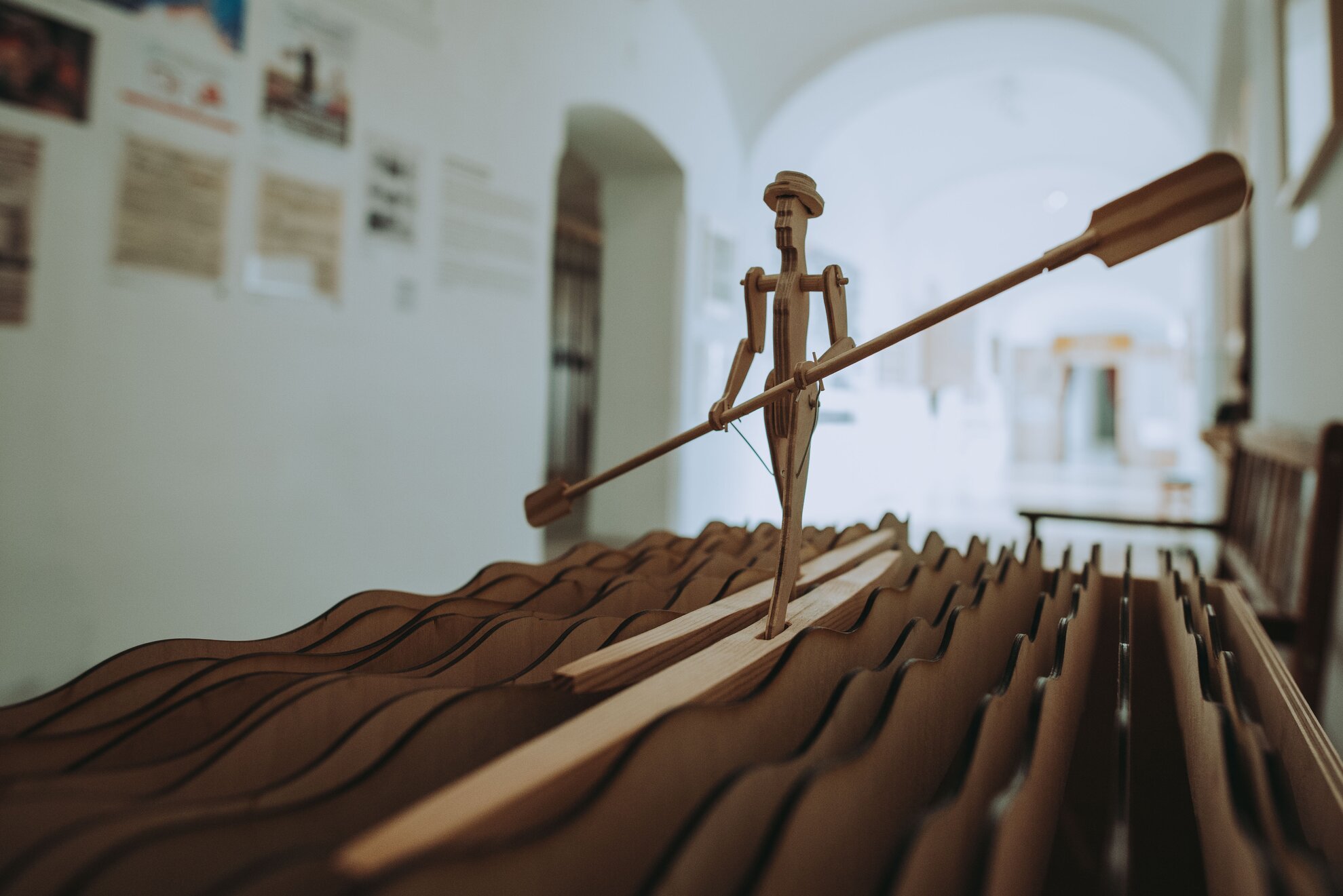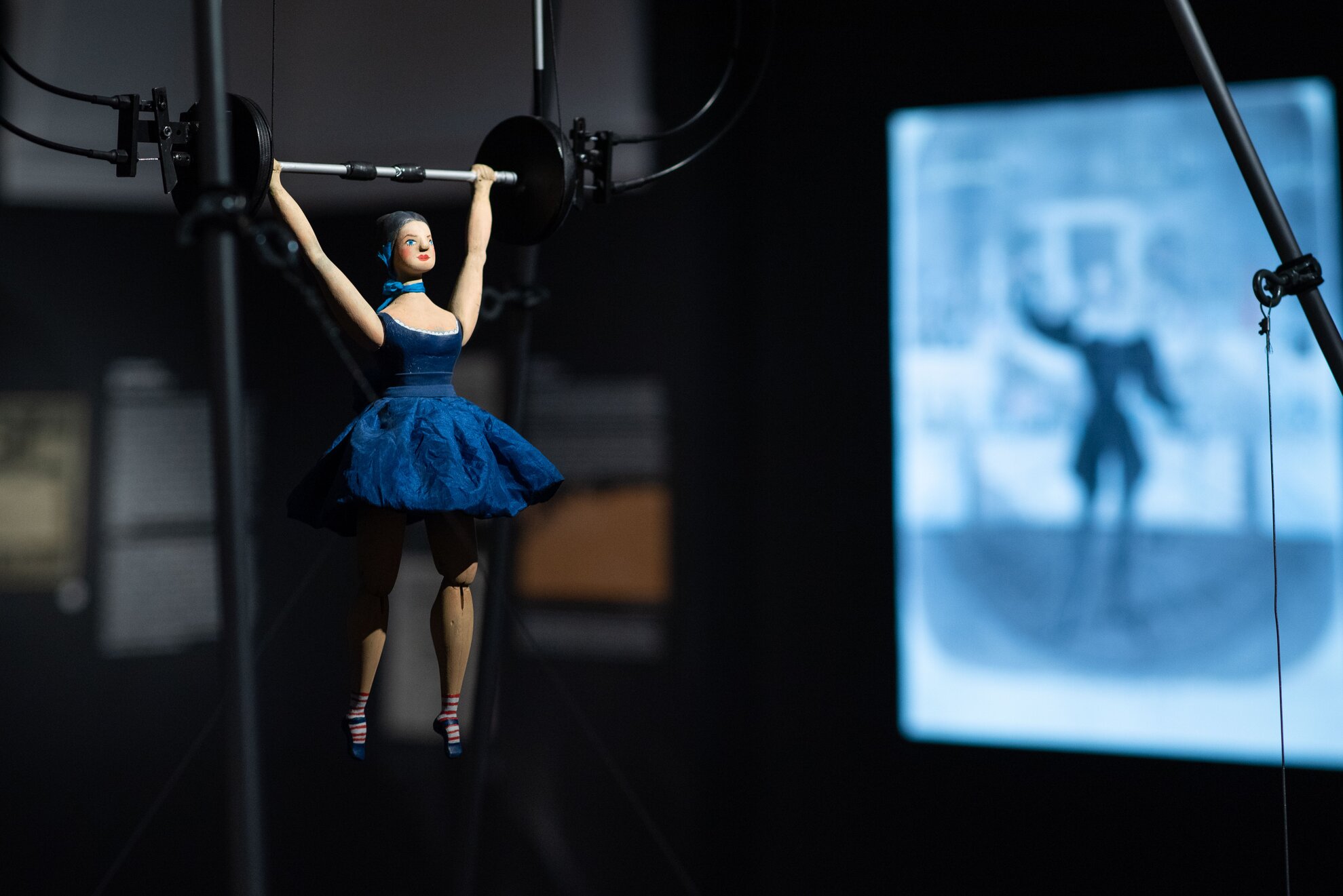While the Budapest we know today was being built, locals sought entertainment in various ways, circuses, airships and freak shows.
At the time, air travel was far more of an extreme sport or circus attraction than a new form of transportation and formed part of a panoply of magic lantern shows and stuntmen.
As early as the end of the 16th century, artefacts imitating human and animal movement were manufactured, but only to make their way to the shelves of collectors.
Before exploring the display of posters advertising sensational circus acts, it’s worth browsing the contemporary map of Pest-Buda from 1787 to 1873, which shows that the hub of entertainment was not the City Park, but today’s Districts I and V, Buda and downtown Pest.

You can also see which stunt was performed where. While exotic acts could be seen at the Buda People’s Theatre and the Európa Hotel, an army of crocodiles, lions and boa constrictors could be seen at wooden stands on Feldunasor, Aldunasor and Széna tér. Keeping a giant snake was cost-effective because it only had to be fed once a month, while lions demanded horse meat once a day.

Circus fans headed for Beleznay-kert, where clowns was soon joined by tight-rope
walkers, strongmen and strange, exotic characters. In the 1830s, everything and
everyone was considered exotic, not least because people loved thrills and sensations.
One of Europe’s famous impresarios, Mr Morris, for example, went from city to
city with the last two members of an extinct tribe, the Aztec children, who, in
fact, did not have their heads but their faces because of a genetic disorder.

Artists of the fabulous East attracted crowds in the same way, although when one of the Japanese artists first performed in Pest-Buda, there was hardly anyone in the theatre because the city was so undeveloped that the venue wasn’t rainproof. But the captivated spectators quickly spread the news and the next shows were played before a full house.

Before the City Circus opened in 1889, temporary structures accommodated stuntmen. While the various blueprints for a permanent place were studied, in 1855 Lajos Naudmann built the first heated wooden circus at Beleznay-kert for year-round fun.

The exhibition also shows how
Hungarian circus stars conquered the world, while you can board an airship with the help of VR goggles to admire contemporary
Pest.
The material has been provided
by 30 institutions and the posters on display have not been seen by the general
public since they were originally put up.

Exhibition information
Show & Business in Pest-Buda
Kiscelli Museum
1037 Budapest, Kiscelli utca 108
Open: Until 1 May. Tue-Sun 10am-6pm




